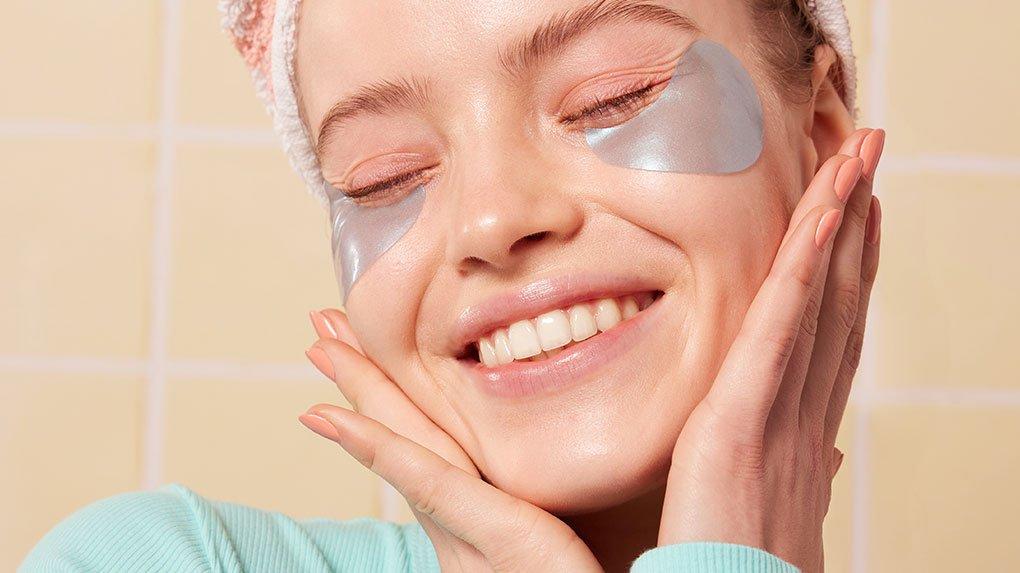How to Patch Test Skincare: Essential Steps for Beauticians
In the ever-evolving world of skincare, beauticians play a pivotal role in guiding clients to achieve their skin goals. As professionals, understanding how to conduct a patch test is crucial. This process is not only a safeguard against potential reactions but also a testament to a beautician's commitment to client safety and satisfaction.
Learning how to patch test skincare products is an essential skill for any beautician. This process helps ensure that the products a client is about to use won't cause adverse reactions. While it might seem like a small step, it's a critical one that can prevent discomfort and maintain the integrity of the skin.

What is a Patch Test?
A patch test is a simple procedure used to determine whether a skincare product might cause irritation or an allergic reaction. It involves applying a small amount of the product to a discreet area of skin, typically on the forearm or behind the ear, and observing the area for any signs of reaction over a period of 24 to 48 hours. This step is vital, especially when introducing new products into a skincare routine.
Why Patch Testing is Important
Patch testing is an essential precaution for anyone using new skincare products. For beauticians, it demonstrates professionalism and care for the clients well-being. By conducting a patch test, you can help clients avoid potential skin irritations, allergic reactions, and even long-term damage that can arise from using products that are not suitable for their skin type.
Identifying Potential Allergens
Skincare ingredients can sometimes be harsh, especially on sensitive skin. Ingredients such as fragrances, preservatives, and certain active ingredients can be common allergens. Patch testing helps identify these potential irritants before they cause more significant issues. For more information on skincare ingredients to avoid, visit this helpful guide.
Building Trust with Clients
By incorporating patch testing into your skincare consultation, you build trust with your clients. It shows that you are dedicated to their safety and comfort. Clients will appreciate your attention to detail and commitment to using only products that benefit their skin.
Steps to Conduct a Patch Test
1. Choose the Right Area
When conducting a patch test, choose an area of the skin that is discreet yet sensitive enough to react if there is an allergen present. The inner forearm or behind the ear are commonly recommended areas.
2. Apply the Product
Apply a small amount of the product to the chosen area. Ensure the application is just enough to cover the skin without being excessive.
3. Monitor the Reaction
Instruct the client to monitor the area for any signs of redness, itching, swelling, or any form of irritation over the next 24 to 48 hours. If any adverse reaction occurs, its a clear indication that the product should not be used on the face or other sensitive areas.
4. Evaluate the Results
If no irritation is observed, its generally safe to proceed with using the product. However, always consider the clients skin type and any known sensitivities. For an in-depth look into maintaining skin health, this article provides valuable insights.

Frequently Asked Questions
1. How long should a patch test be conducted?
Typically, a patch test should be observed for 24 to 48 hours. This timeframe allows enough observation for any delayed reactions that might occur.
2. What should I do if a client has a reaction?
If a reaction occurs, cleanse the area with water and advise the client to avoid the product. Its also beneficial to recommend products suitable for sensitive skin. Check out this simple skincare routine for sensitive skin.
3. Are there any products that dont require a patch test?
While most skincare products can benefit from a patch test, products labeled hypoallergenic or designed for sensitive skin are generally low-risk. However, its always better to err on the side of caution.
In conclusion, knowing how to patch test skincare is an invaluable skill for beauticians. It not only protects your clients but also enhances your reputation as a knowledgeable and caring professional. For more skincare tips, consider exploring how to effectively use a Gua Sha in your skincare routine.
This article contains affiliate links. We may earn a commission at no extra cost to you.

